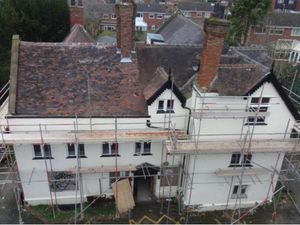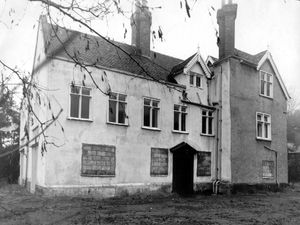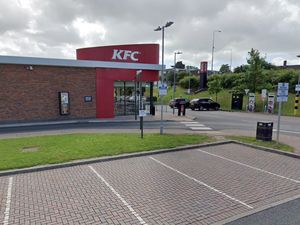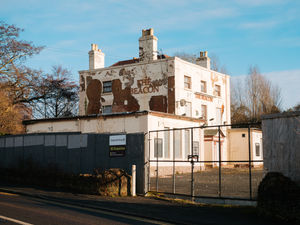Historic Telford building to be brought back into use as flats
A vandal-hit building in Telford which played an historic role in the epic adventures of the fugitive King Charles II will be brought back to use after years of lying empty.

The now dilapidated Upper House in Madeley was owned by royalist sympathiser Francis Woolfe, who hid the king in a barn in the grounds after the monarch’s defeat at the Battle of Worcester in 1651.
King Charles faced certain death if captured by the searching Roundheads.
While the King Charles Barn has in modern times been turned into homes, the 17th Century mansion close by has fallen on hard times.
Now, Telford & Wrekin Council planners have given the green light to an application by owner Ravinder Gill to turn Upper House, which is a Grade II-Listed building, into eight flats.
Upper House lies within the Severn Gorge Conservation area and the Ironbridge Gorge World Heritage Site.

Madeley Town Council supported the proposal, “so long as the work is carried out in a sensitive fashion that respects its Listed status and its location”.
The town council’s statement to planners added: “The conversion would ensure a building that has been empty for some years and subject to vandalism is brought back into beneficial use.”
It also noted a right of way goes through the site and a scout hut is near the back of the building, and said “careful consideration” would have to be given to those.
Originally built as a residence in about 1621 by mining and ironworks magnate Woolfe, Upper House has seen a variety of uses over the years.
In 1969 it became the home of Telford Development Corporation’s social relations department, and then from 1976 was used as Madeley Magistrates Court until the advent of a modern court in Telford town centre 10 years later.
In 1988 the Church Street property became offices for a company of chartered quantity surveyors, and later for social services’ mental health services, before the historic building fell into disuse.
A design statement submitted by planning agents BSP Design on behalf of Mr Gill said the property had “lain vacant for many years” and was “in a completely dilapidated state”.
It added: “Some damage has occurred to the property as a result of neglect, inappropriate alteration and vandalism.”
Fourteen parking spaces will be provided to serve the flats.
After his defeat at Worcester in 1651 King Charles went on the run, and travelled to Madeley in the hope of being able to escape across the River Severn. But the crossings were too heavily guarded and he returned to Boscobel House on the Shropshire border, where he famously hid up a tree – the Royal Oak – as Cromwell’s men looked for him. Charles’ successful escape ensured the survival of the monarchy.




